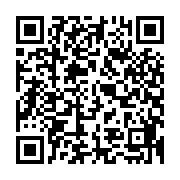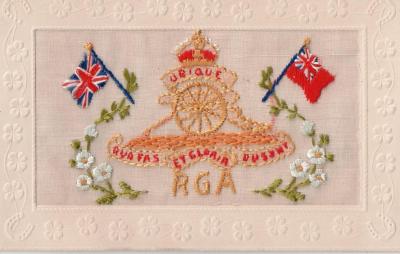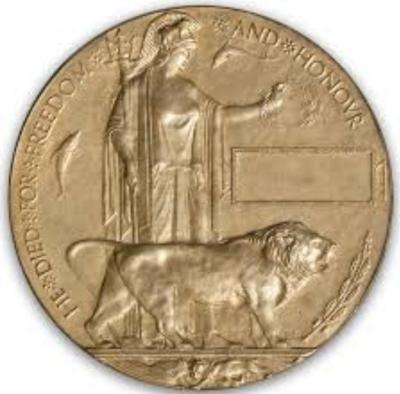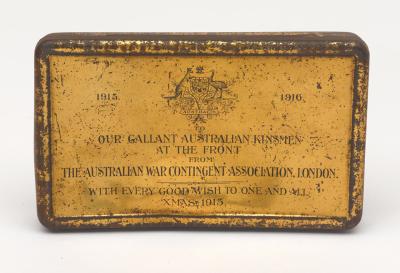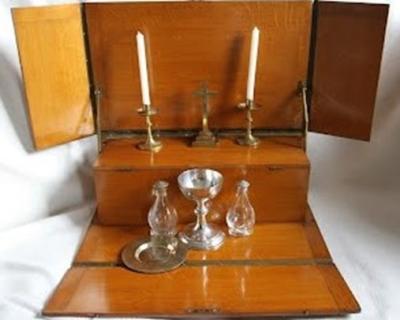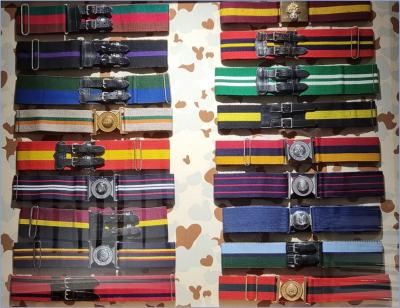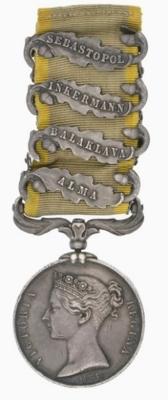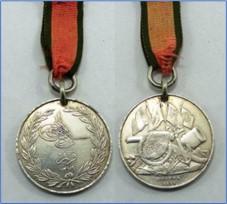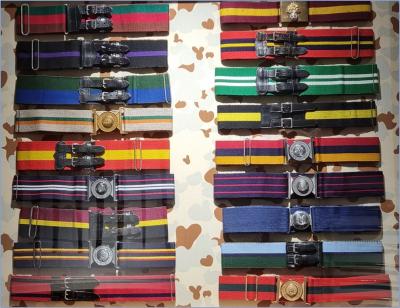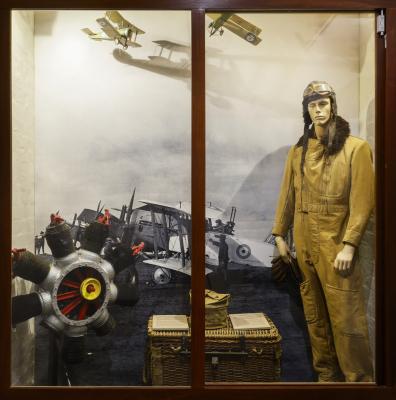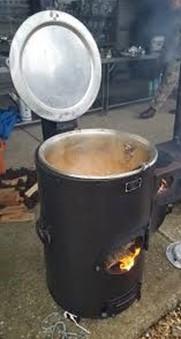Princess Mary Gift Tin - 1914
A rectangular brass tin featured an image of Princess Mary, surrounded by a wreath, with the letter ‘M’ embossed on either side designed by Messrs Adshead and Ramsay. Around the perimeter within the martial iconography are the names of the various allied countries including Japan, Belgium, France, Japan, Montenegro and Servia as well at the British Empire (in Latin).
It was intended as a gift for those serving on Christmas Day 1914, but the large number of tins that were needed, made it impossible to manufacture, supply and distribute all of the gifts by December 25. Over the next four years, two million gift tins would be delivered to people involved in the war effort. Gift tins were still being distributed long after the Armistice was signed in November 1918.
The idea was the initiative of Princess Mary, the 17-year-old daughter of King George V and Queen Mary. Moved by her visits to hospitals for injured soldiers, the young princess wanted to show her support. It was her wish that those serving on Christmas Day 1914 would receive a Christmas gift to boost morale and foster a sense of unity.
She intended to pay for the gifts out of her own personal allowance, but when this was deemed impractical, it was proposed that she lend her name to a public fund to raise the necessary money. The personal appeal by the princess proved a great success and by the time the fund closed in 1920, it had raised over 160,000 pounds.
The gift tins became a treasured possession for many during the war, even after the original contents had been used. The air-tight brass tins made a useful container for money, tobacco, papers and photographs during the war, and were often carried throughout subsequent service. Some men even carefully repacked their gifts and sent them home to their wives and families.
Details
Details
The tins originally contained various gifts, such as tobacco, confectionary, spices, pencils, a notebook, postcards, and a picture of the princess. The contents of the gift tins varied depending on whether the recipient was a smoker or non-smoker and whether the contents were deemed appropriate. Nurses, for example, were offered chocolate instead of tobacco, and Sikhs were offered sugar candy and spices.
The Australian Army Museum of WA has several examples in its collection and one is displayed in the World War 1Gallery with other mementos of the conflict. This gift continued the example of gifts to deployed troops started by Queen Victoria on 1 January 1900 during the 2nd Anglo-Boer war. The practice of sending Christmas gifts to deployed troops is a tradition that continues through to today.
Australian Army Museum of Western Australia
Australian Army Museum of Western Australia
Other items from Australian Army Museum of Western Australia
- Australian Red Cross Christmas Gift Box - 1917
- Embroidered Postcards - 7345 Private Bert Crockenberg, 11 Battalion AIF
- World War 1 Memorial Plaque - "Dead Man's Penny"
- Australian War Contingent Association Gift Tin - 1915
- World War 1, Medal Group including US Distinguished Service Cross, PADGETT, 44 Battalion
- Portable Altar and Communion Set Presented to Canon Robert Henry MOORE, Rural Priest and Australian Imperial Force Chaplain
- Uniform Accoutrements - Regimental and Corps Stable Belts
- British Crimean War Medal
- Turkish Crimean War Medal
- Regimental and Corps Stable Belts
- World War 1, Mannequin Display, SIDCOT Pattern Flying Suit
- Soyer Portable Army Catering Stove
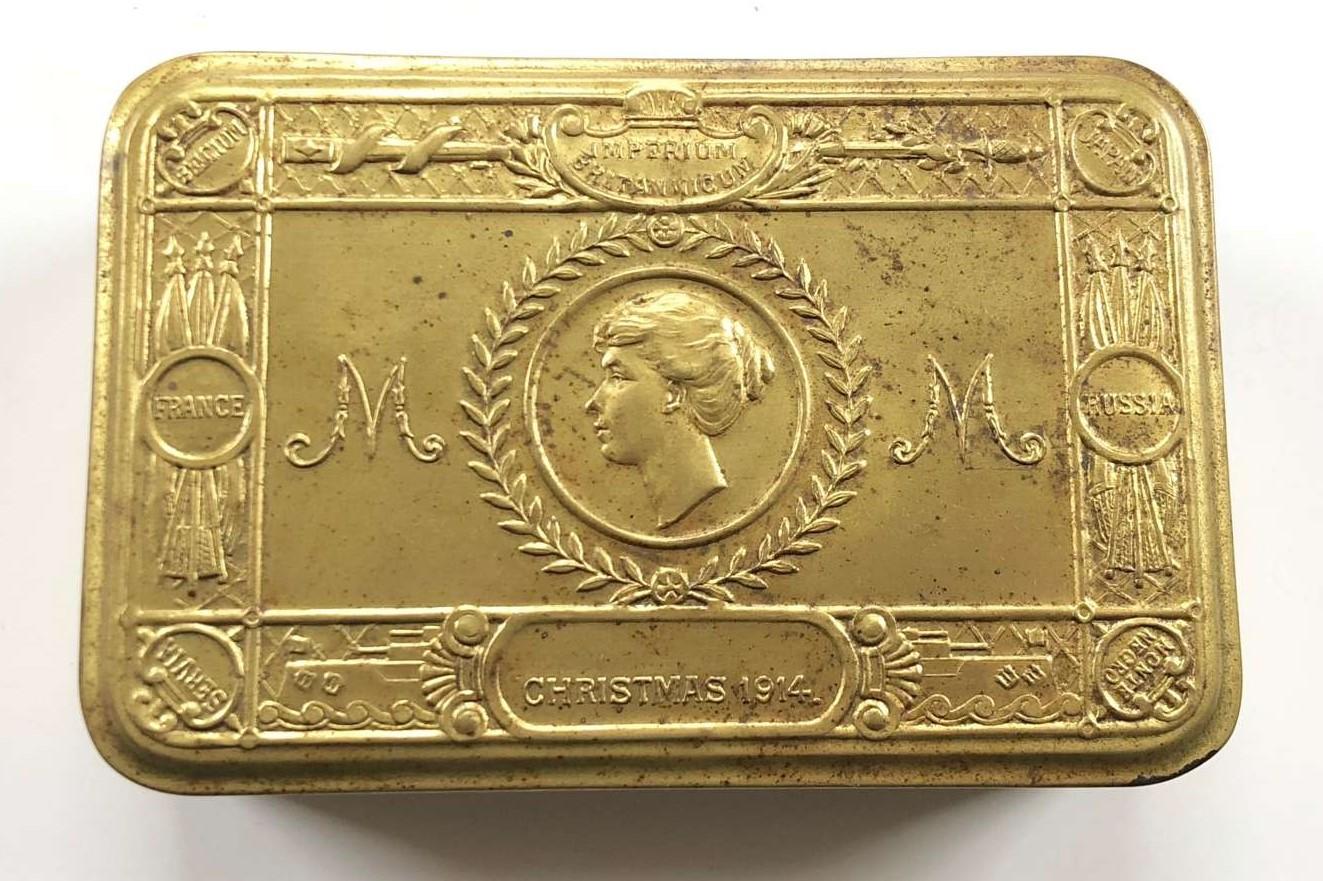
Scan this QR code to open this page on your phone ->
